Libere su creatividad: introducción al uso de vectores 2D en CNC
Tabla de contenido
“Transforming Ideas into Reality: Master 2D Vectors in CNC and Unleash Your Creativity!”
Introducción
“Unleash Your Creativity – Introduction to Using 2D Vectors in CNC” is a comprehensive guide that aims to empower individuals to fully utilize the capabilities of CNC machines by mastering the use of 2D vectors. This guide provides a detailed exploration of the fundamental principles of 2D vectors, their application in CNC machining, and how they can be manipulated to create intricate designs and high-precision components. It is designed to inspire and equip individuals with the necessary skills to transform their creative ideas into tangible products using CNC technology.
Mastering 2D Vectors in CNC: A Guide to Unleashing Your Creativity
Unleashing your creativity in the world of Computer Numerical Control (CNC) machining can be a thrilling experience. One of the most effective ways to do this is by mastering the use of 2D vectors. This article serves as an introduction to using 2D vectors in CNC, a tool that can significantly enhance your creative potential.
2D vectors are mathematical constructs that have both magnitude and direction. In the context of CNC machining, they are used to guide the movement of the machine along the X and Y axes. This allows for precise control over the machine’s path, enabling the creation of intricate designs and patterns.
The first step in using 2D vectors in CNC is understanding how they work. A 2D vector is represented by two components: one for the X-axis and one for the Y-axis. These components determine the direction and distance the CNC machine will move. For instance, a vector with components (3, 2) would instruct the machine to move three units along the X-axis and two units along the Y-axis.
Once you have grasped the basic concept of 2D vectors, the next step is learning how to create them. This is typically done using a vector graphics software program. These programs allow you to draw shapes and lines, which are then converted into vectors. The vectors are exported as a file that can be read by the CNC machine, providing it with the instructions it needs to create your design.
The beauty of using 2D vectors in CNC is that they allow for a high degree of precision and control. You can specify exactly where you want the machine to go and how fast you want it to get there. This makes it possible to create intricate designs that would be difficult or impossible to achieve by hand. Moreover, because the machine follows the same set of instructions every time, you can reproduce your designs with perfect accuracy.
However, mastering the use of 2D vectors in CNC is not just about understanding the technical aspects. It also requires a certain level of creativity. You need to be able to envision the final product and then work backwards to create the vectors that will produce it. This can be a challenging process, but it is also one that can be incredibly rewarding.
In conclusion, using 2D vectors in CNC is a powerful tool for unleashing your creativity. It allows for precise control over the machine’s movement, enabling the creation of intricate designs. It requires both a technical understanding of how vectors work and a creative vision of what you want to achieve. By mastering this tool, you can take your CNC machining to new heights of creativity and precision.
So, whether you are a seasoned CNC machinist looking to expand your skills or a beginner just starting out, learning to use 2D vectors can open up a world of creative possibilities. It may take some time and practice to master, but the results will be well worth the effort. So why wait? Start exploring the world of 2D vectors in CNC today and unleash your creative potential.
Exploring Creative Possibilities: An Introduction to Using 2D Vectors in CNC
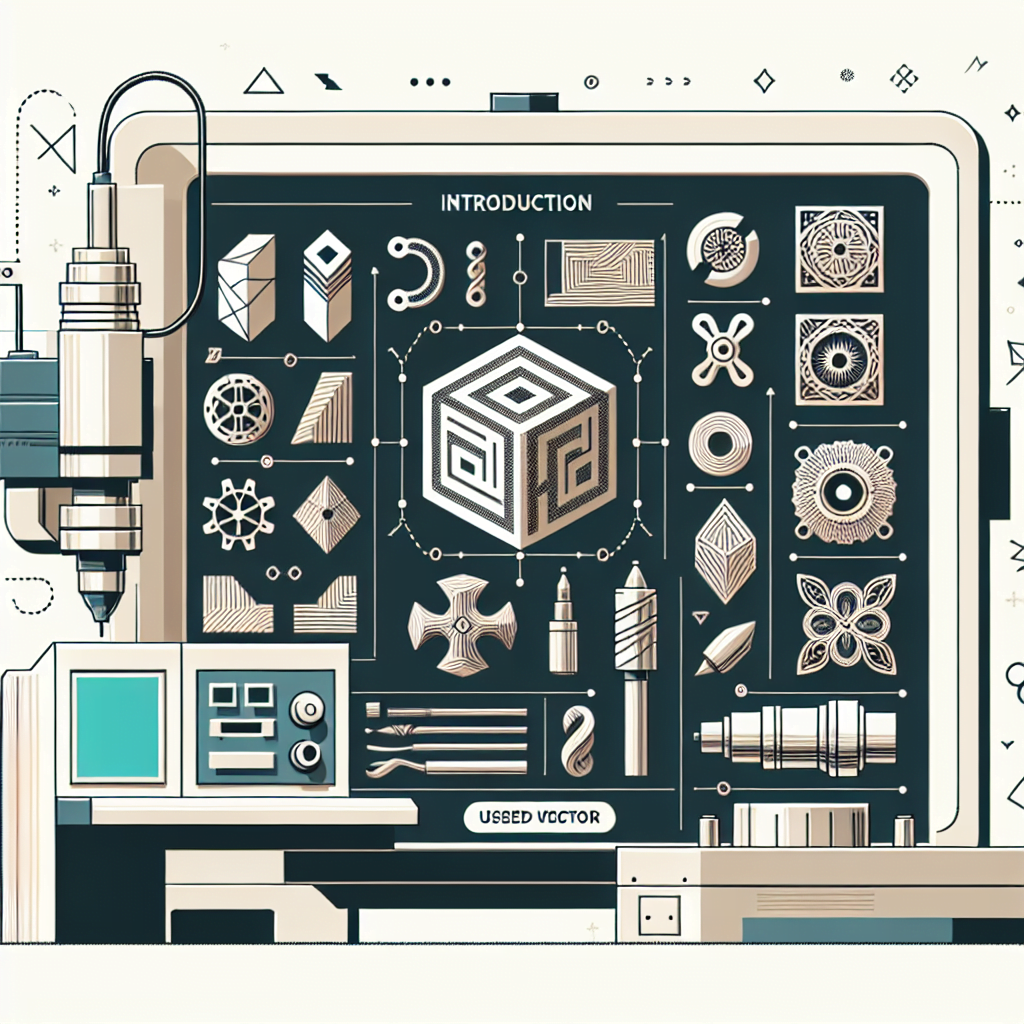
Unleashing your creativity in the realm of Computer Numerical Control (CNC) machining can be a thrilling endeavor. One of the most effective ways to do this is by harnessing the power of 2D vectors. This article serves as an introduction to using 2D vectors in CNC, exploring the creative possibilities that this technique offers.
2D vectors, in the context of CNC, are essentially paths that the machine follows to create a design. These paths are defined by points in a two-dimensional plane, with each point connected by a line. The machine interprets these lines as instructions, guiding its movements to carve, cut, or engrave the desired design into the material.
The use of 2D vectors in CNC machining opens up a world of creative possibilities. With this technique, you can create intricate designs that would be difficult, if not impossible, to achieve by hand. From detailed geometric patterns to complex artistic renderings, the potential for creativity is virtually limitless.
Moreover, 2D vectors offer a high degree of precision. Because the machine follows a pre-defined path, it can produce designs with an accuracy that surpasses manual methods. This precision is particularly beneficial when creating designs that require exact replication, such as logos or technical drawings.
However, to fully exploit the creative potential of 2D vectors in CNC, it’s crucial to understand how to create and manipulate these vectors effectively. This process typically involves the use of specialized software, such as CAD (Computer-Aided Design) or vector graphics programs. These tools allow you to create your designs digitally, defining the points and lines that make up the 2D vectors.
Once you’ve created your design, the software converts it into a format that the CNC machine can understand, known as G-code. This code tells the machine where to move, how fast to move, and what path to follow. By manipulating the points and lines in your design, you can control these factors, giving you the ability to fine-tune your design to your exact specifications.
While the process may seem complex, it’s worth noting that many software tools are designed with user-friendliness in mind. They often feature intuitive interfaces and helpful tutorials, making it easier for beginners to get started. With practice, you can become proficient in using these tools, allowing you to create increasingly complex designs.
In conclusion, using 2D vectors in CNC machining offers a powerful way to unleash your creativity. This technique allows you to create intricate, precise designs that can be replicated exactly, time and time again. By learning how to create and manipulate 2D vectors, you can take full control of your creative process, pushing the boundaries of what’s possible with CNC machining. Whether you’re a seasoned professional or a beginner looking to explore new creative avenues, the use of 2D vectors in CNC is a skill worth mastering.
Boost Your Creativity: Understanding and Applying 2D Vectors in CNC
Unleashing your creativity in the world of Computer Numerical Control (CNC) machining can be a thrilling experience. One of the most effective ways to do this is by understanding and applying 2D vectors. This article will introduce you to the concept of 2D vectors in CNC and how you can use them to boost your creativity.
2D vectors, in the context of CNC, are essentially a way of representing geometric shapes and paths that the CNC machine will follow. They are defined by two components: magnitude and direction. The magnitude represents the length of the vector, while the direction indicates the path the CNC machine will take. This concept is fundamental in CNC machining as it allows for precise control over the machine’s movements, enabling the creation of intricate designs and patterns.
Understanding 2D vectors is crucial for anyone looking to maximize their creative potential in CNC machining. They provide a mathematical framework for representing and manipulating geometric shapes, which is essential in creating complex designs. For instance, by manipulating the magnitude and direction of vectors, one can create a variety of shapes and patterns, from simple straight lines to intricate spirals. This opens up a world of possibilities for creative expression in CNC machining.
Applying 2D vectors in CNC machining is not as daunting as it may seem. The first step is to create a vector design using a CAD (Computer-Aided Design) software. This software allows you to draw and manipulate 2D vectors to create your desired design. Once the design is complete, it is converted into a language that the CNC machine can understand, known as G-code. The G-code instructs the CNC machine on the path to follow, which is defined by the 2D vectors in your design.
The beauty of using 2D vectors in CNC machining lies in their versatility. They can be used to create a wide range of designs, from simple geometric shapes to complex artistic patterns. This versatility allows for a high degree of creativity in CNC machining. Whether you are creating a piece of furniture, a piece of jewelry, or a piece of art, 2D vectors can help you bring your creative vision to life.
Moreover, understanding and applying 2D vectors can also improve the efficiency of your CNC machining process. By accurately defining the path of the CNC machine, you can minimize wasted movements and reduce machining time. This not only saves you time but also reduces wear and tear on your CNC machine, extending its lifespan.
In conclusion, understanding and applying 2D vectors in CNC machining is a powerful tool for unleashing your creativity. They provide a mathematical framework for representing and manipulating geometric shapes, allowing for precise control over the CNC machine’s movements. This enables the creation of intricate designs and patterns, opening up a world of creative possibilities. So, if you are looking to boost your creativity in CNC machining, start by mastering the concept of 2D vectors. It may seem challenging at first, but with practice, you will find it an invaluable tool in your CNC machining toolkit.
Conclusión
The Introduction to Using 2D Vectors in CNC effectively provides a comprehensive understanding of how to utilize 2D vectors to enhance creativity and precision in CNC machining. It offers valuable insights into the manipulation of 2D vectors, which is crucial in creating intricate designs and patterns. This knowledge can significantly improve the efficiency and accuracy of CNC operations, thereby unleashing one’s creative potential in the field of CNC machining.

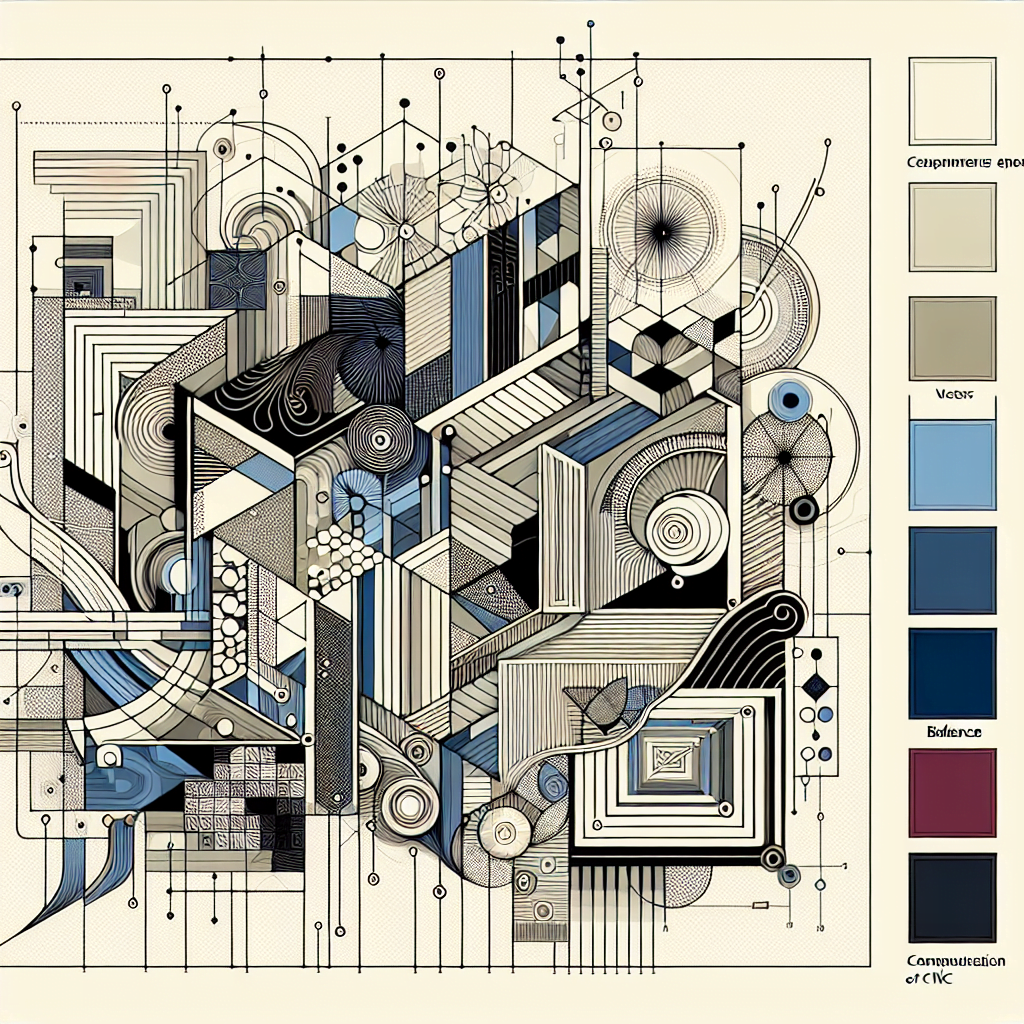
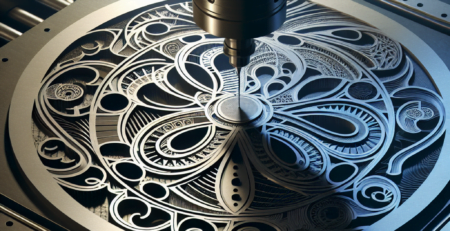
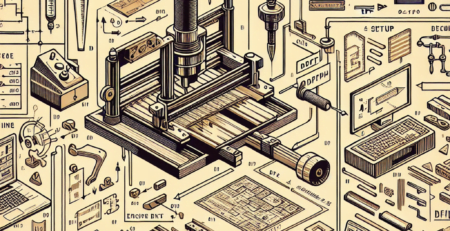
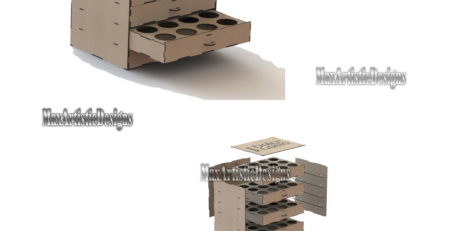
Deja una respuesta